Introduction
Whether made from beef, chicken, or pork, schnitzel has become a staple on the dining table of many families. But just as much as we might love schnitzel, so might our dogs. But can dogs eat schnitzel? Should they ever?
Read on to find out the answer to this question and more!
Is Schnitzel Good for Dogs?
Great for weight gain
Since the typical schnitzel that people have is deep-fried, this food is quite rich in calories, which means that it can help a convalescing dog gain a bit of weight and put on a few pounds.
This can be important especially if the dog is recovering from surgery or if they have recently given weight. Non-seasoned and lightly fried schnitzel is great for this purpose.
Packed in protein
The main ingredient in schnitzel is traditionally one type of meat or the other.
Most people prefer chicken schnitzel these days and while it might be lighter and also lower in calories compared to its beef and pork counterparts, it still contains enough protein to maintain muscle mass and ensure that your dog’s body functions properly.
Vitamins and minerals
Most foods containing meat, including schnitzel, contain several typical vitamins (such as vitamin B6 and B12) and several minerals (such as iron and magnesium).
These nutrients are involved in a number of organic processes, from making sure your dog easily recovers from an infection, for example, to ensure that they do not develop anemia, rickets, or other deficiencies.
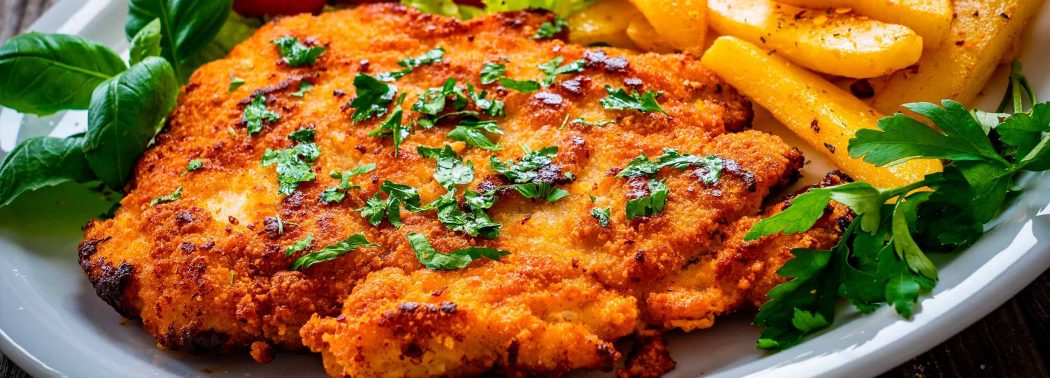
Is Schnitzel Bad for Dogs?
Bacterial contamination
When making schnitzels at home, you have to make sure that you cook it properly. Handling raw meat can put your dog’s health and that of your own at a risk in the sense that you can develop Salmonellosis or other types of food poisoning.
For this reason, preparing your own schnitzel by actually baking it instead of frying it is safer as you can simply leave it for longer in the oven rather than fearing that it will get burnt in the pan as you fry it.
Seasonings
Commercially available schnitzel is quite dangerous for dogs as besides too much salt (and sometimes even sugar), the breading can contain a number of spices and seasonings that dogs are never supposed to have.
Onion and garlic powder are the two most common ones that can cause problems in dogs.
Breading
As you can imagine, dogs are supposed to have as few carbs in their diet as possible and those that are present in it should come from healthy sources like pumpkin — not Panko breadcrumbs or other such additions.
The typical breading of a schnitzel is made from flour, egg wash, and breadcrumbs, and when all of these are fried in the pan, they end up being very calorie-heavy. So, unless you actually want your pet to gain weight, schnitzel might not make a good snack for your dog.
Lactose intolerance
Some schnitzel varieties involve putting two thin slices of meat together and creating a pocket between them, which gets filled with cheese and other ingredients.
Some dogs can suffer from lactose intolerance which can trigger severe digestive upset, and as delicious as cheese might be for humans, it can be quite risky for our pets.
In other words, some dogs can show symptoms like vomiting, diarrhea, or a lot of gas after eating cheese or dairy products, in general. Perhaps the safest ones would be goat dairy products, as they have a lower lactose content.
How Many Schnitzels Can My Dog Eat?
Store-bought or restaurant schnitzels are generally unsafe for dogs due to the reasons we’ve already listed above. As such, we suggest never giving a piece to your pet, even when they are in desperate need of a reward.
Homemade schnitzels are much safer by comparison, but given that they traditionally have the breading, they should be looked at as snacks rather than a primary food source in your dog’s diet.
The amount of homemade schnitzel you can give your dog depends on how you’ve cooked it and your dog’s size. You can’t give the same quantity to a Chihuahua as you would to a Husky. In general, one to two teaspoons per week are safe for most dogs.

How to Prepare and Serve Schnitzel to Your Dog
The best way to prepare schnitzel for your dog is to skip the spices and seasonings, the cheese, and also the breading. So then it wouldn’t be schnitzel at all, right? That’s not true.
The breading can be replaced in that instead of using Panko breadcrumbs and wheat flour, you can simply use keto-friendly alternatives such as almond flour.
Make sure that the type you purchase is made for this purpose as some varieties can absorb too much of the liquid on the meat or from the egg wash and can lead to the schnitzel being very, very dry.
Baking your schnitzels in the oven is far better than deep frying them — you are not going to put your dog’s health at risk or make them gain weight and the amount of oil that you add can be very controlled (you can use an avocado oil spray, for example).
Cut the schnitzels into small, bite-sized pieces to make sure that your dog doesn’t scarf them down too quickly thanks to too much enthusiasm. Give your dog this treat once or twice a week (tops).
Frequently Asked Questions
Yes. Home-cooked chicken schnitzels are the safest that your dog can eat, especially if you remove all the seasonings and use better breading.
The homemade type — yes. The one you can buy from a store or get at a restaurant — no. Pork schnitzels are richer in calories.
In this case, too, the home-cooked meal is safer, so it can be given as an occasional treat if your dog is really crazy about schnitzels. Veal schnitzels are richer in calories than chicken ones but tend to be lighter than their pork counterparts.
Summary
If your dog is not a huge fan of schnitzels and you don’t see them begging at the dinner table for scraps, don’t give them this food. They can very well survive without it and it makes no point for you to put their health at risk.
For any doubt regarding what you are supposed to feed your dog, get in touch with your veterinarian and ask them what the perfect diet for your pet might be.
Sources
- Some pets unable to tolerate dairy products, Canadian Veterinary Medical Association, 2012
- Raw Meat-Based Diets in Dogs and Cats, Maria Fredriksson-Ahomaa, Tiina Heikkilä, 2017
- Household Food Items Toxic to Dogs and Cats, Cristina Cortinovis and Francesca Caloni, 2016
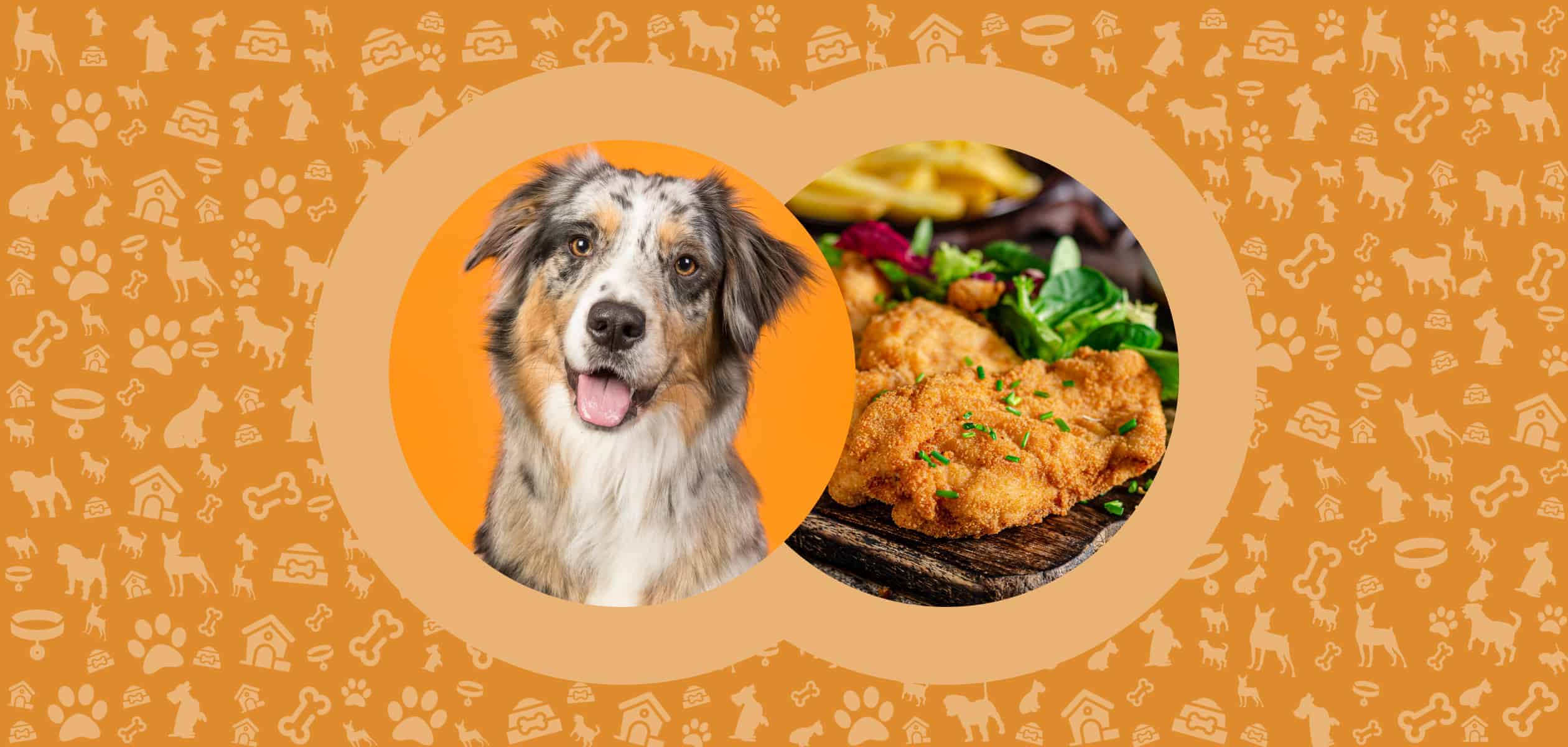
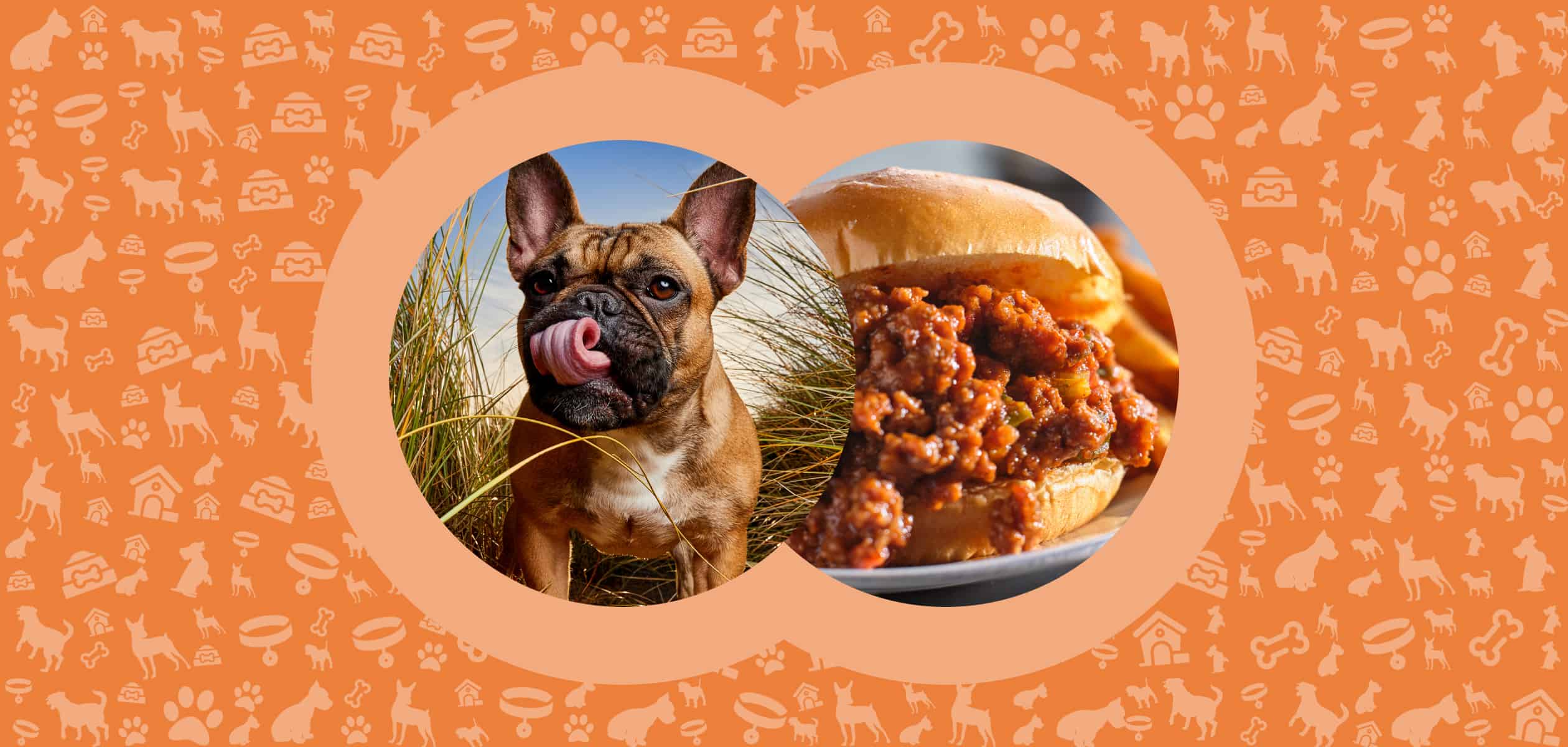

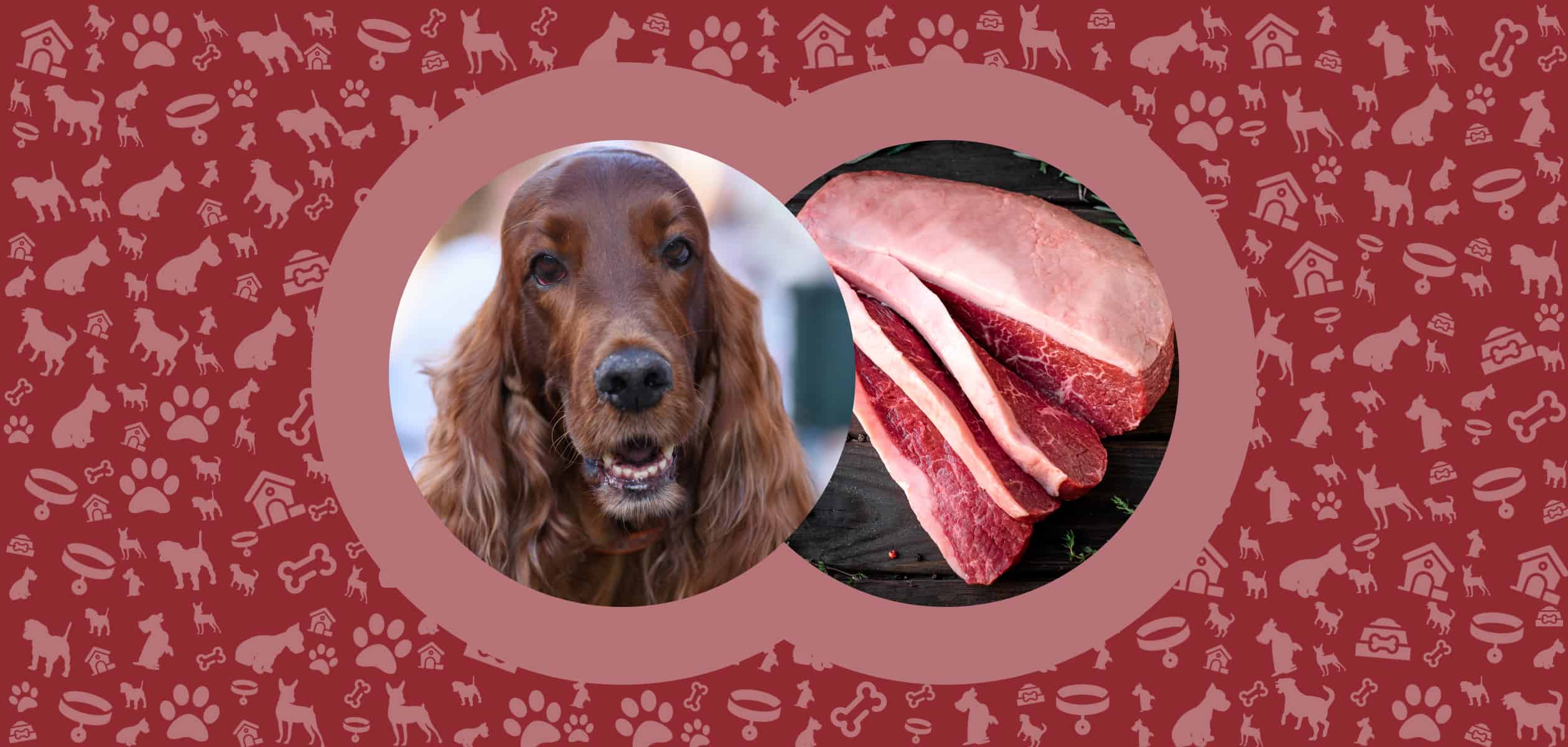
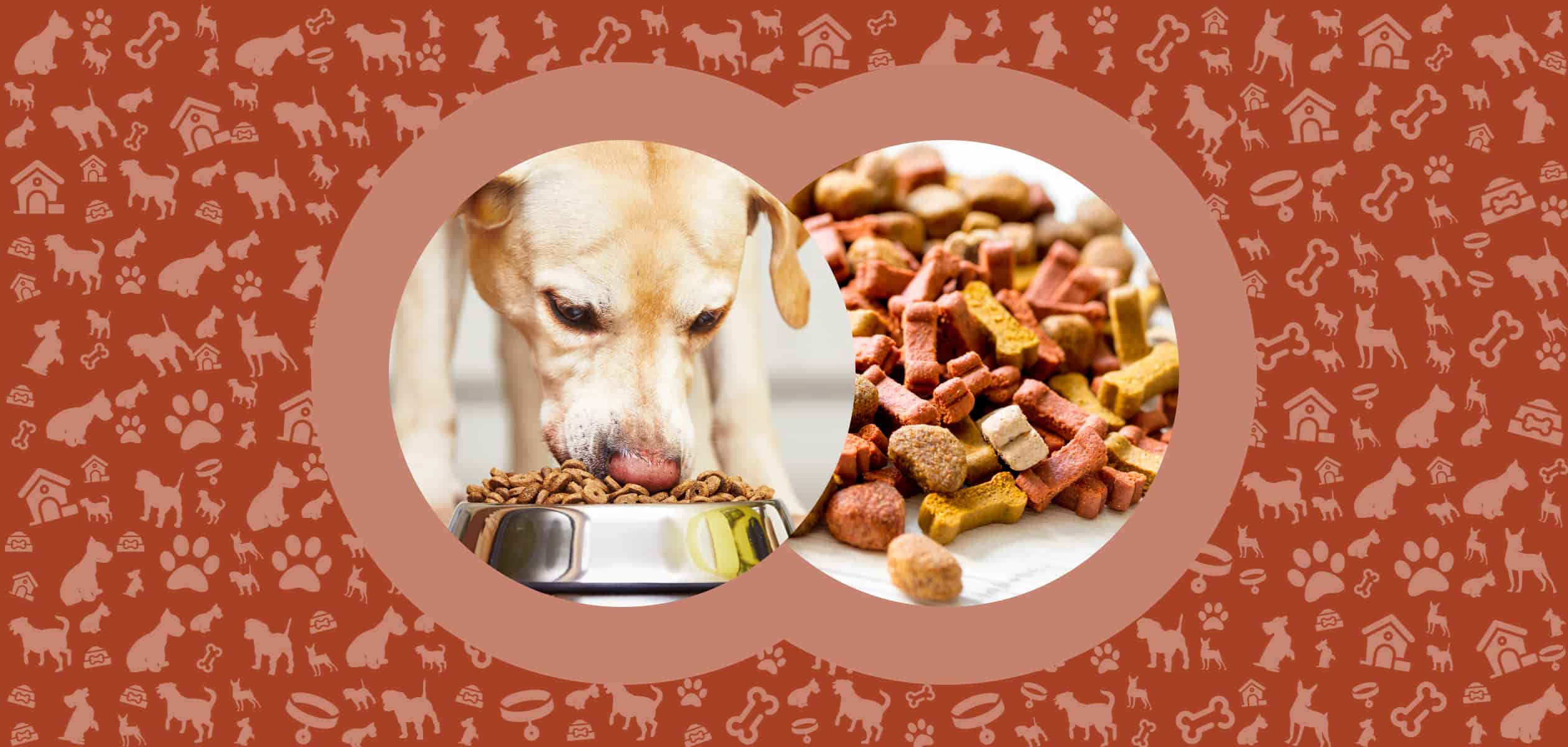
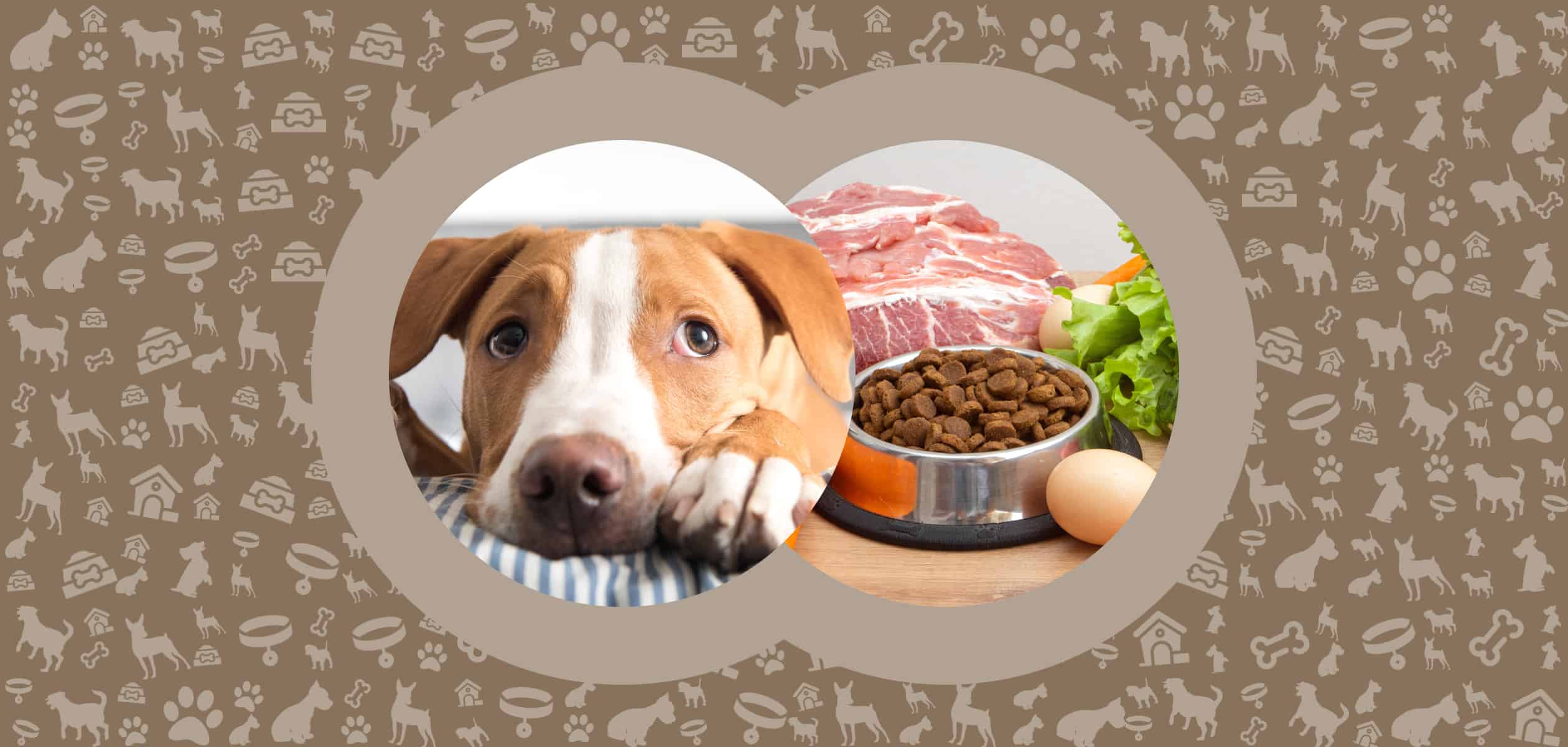
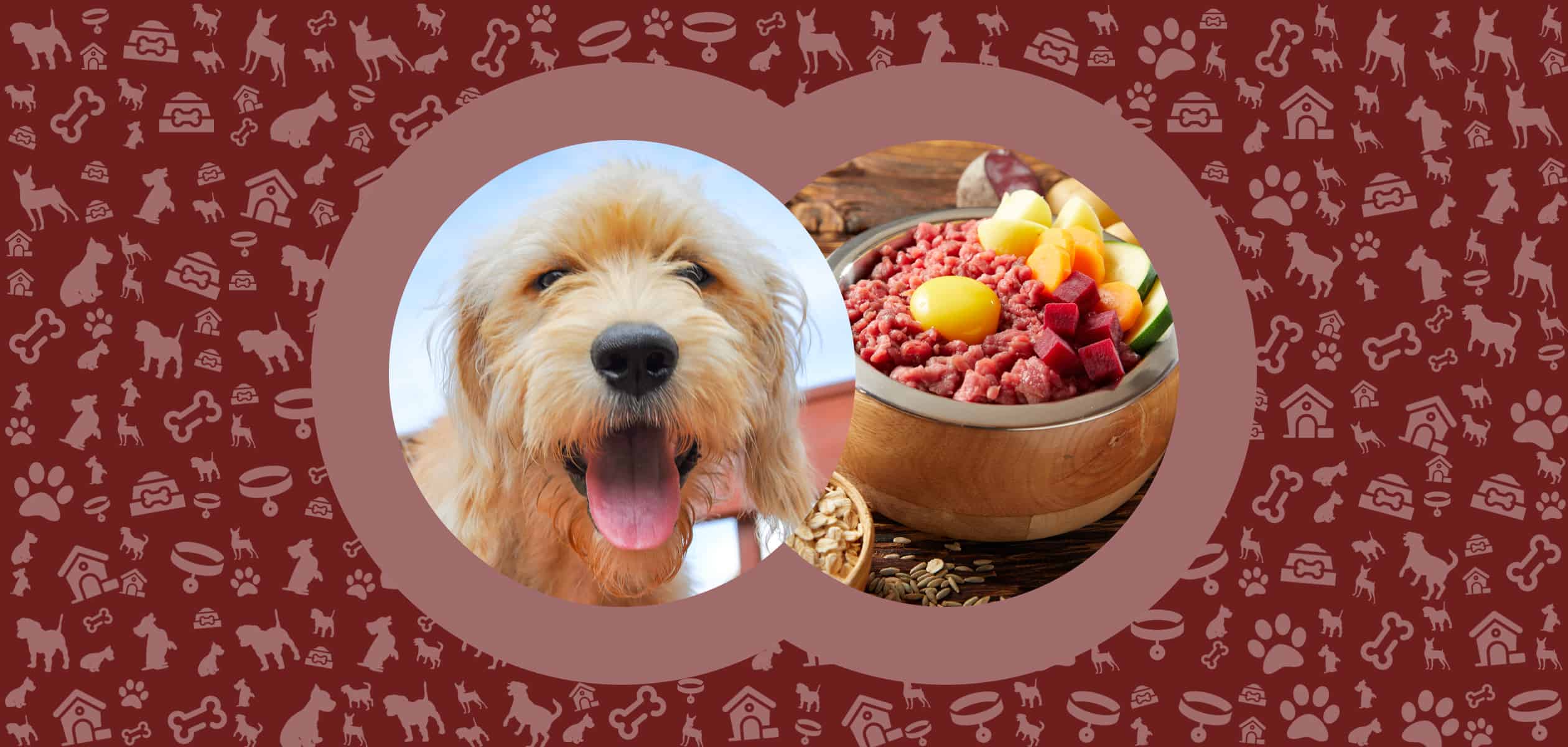
Leave a Comment